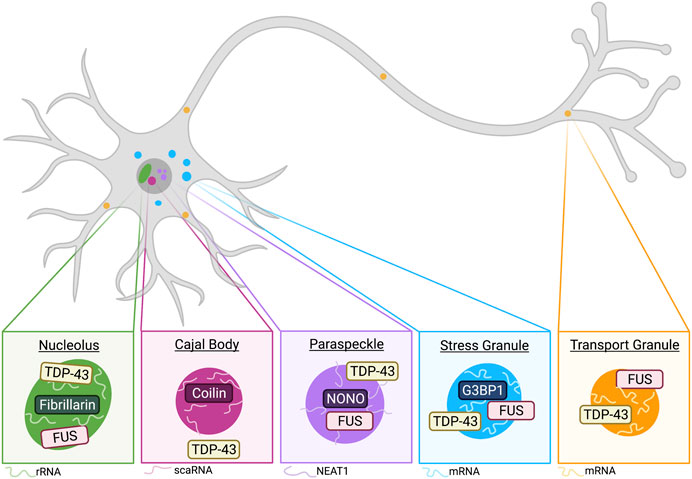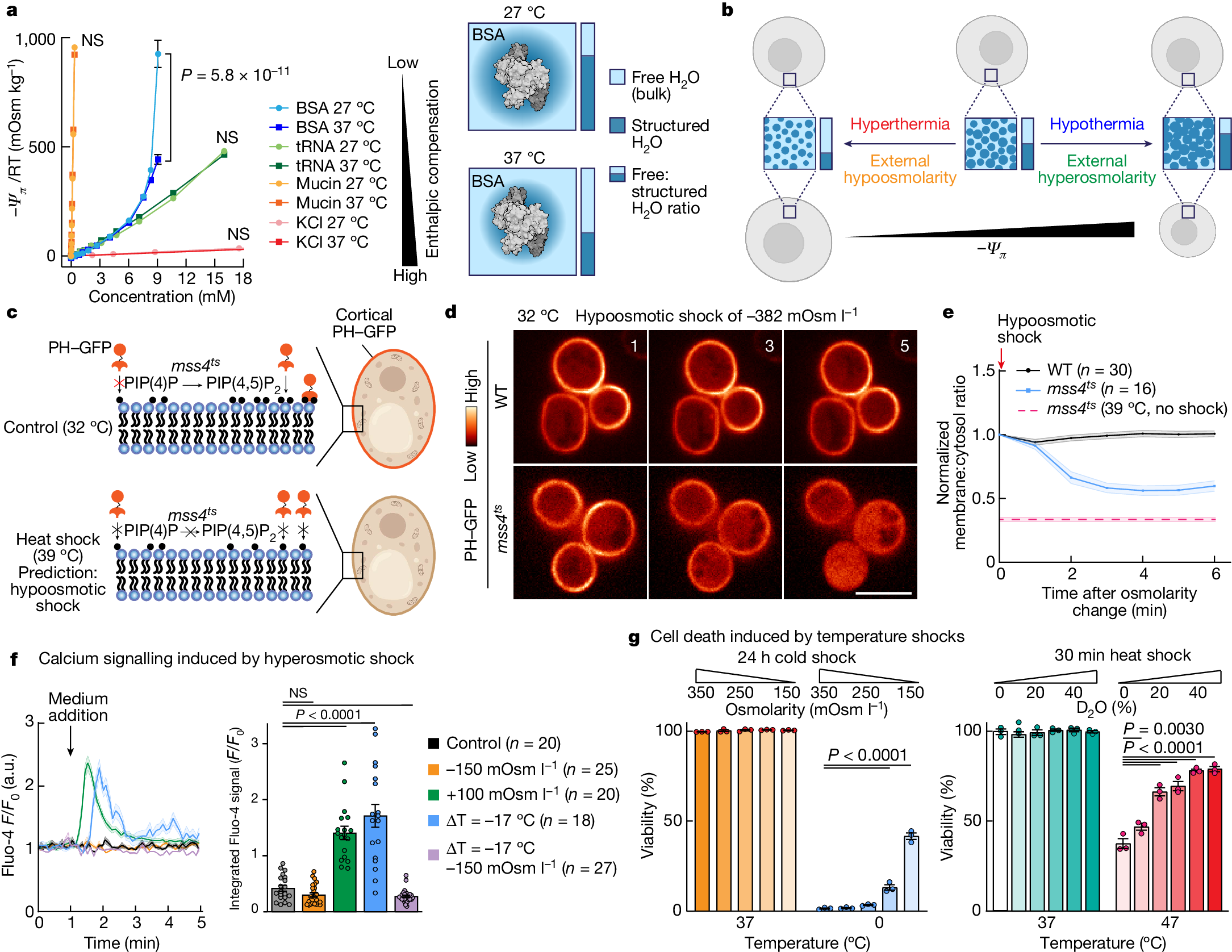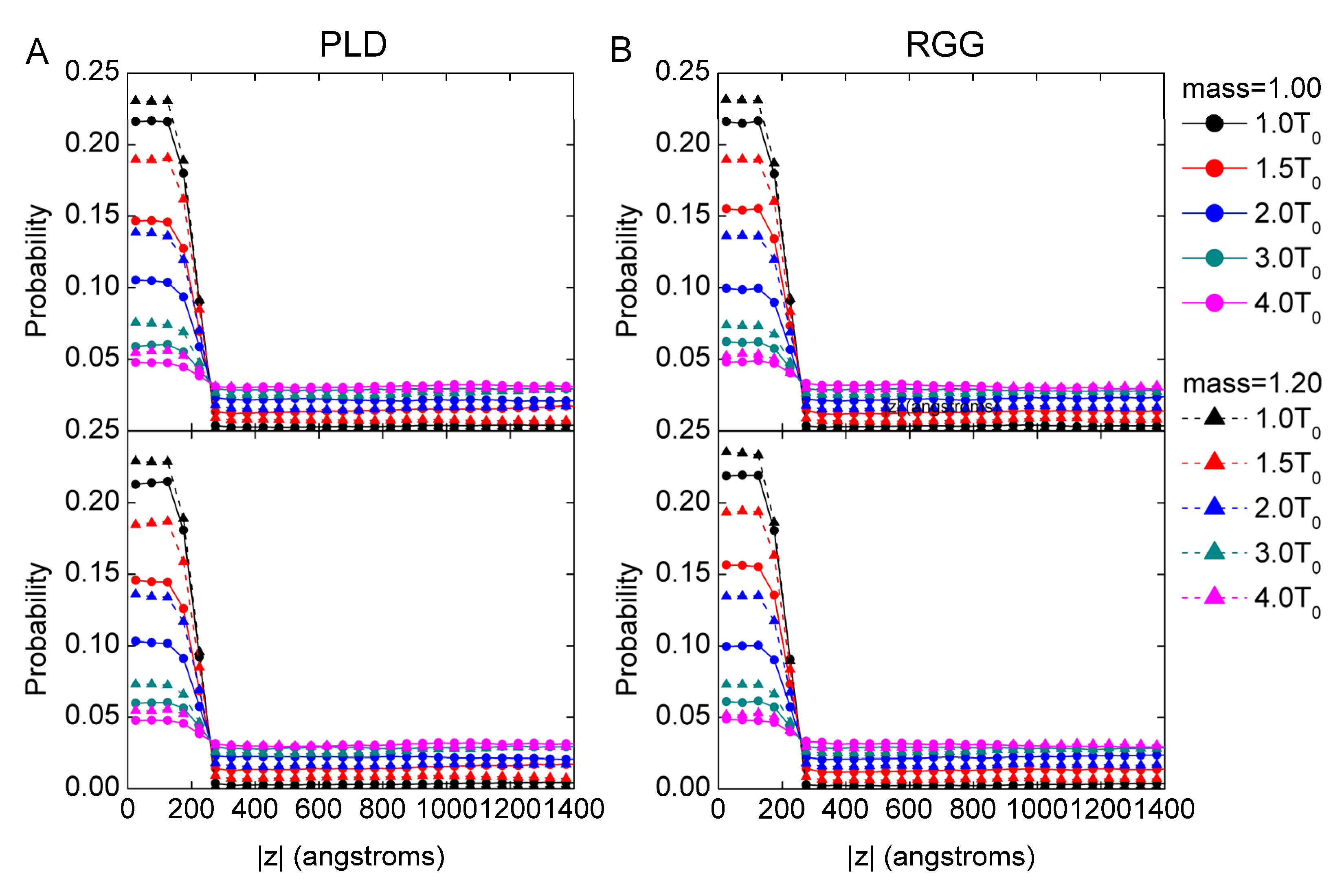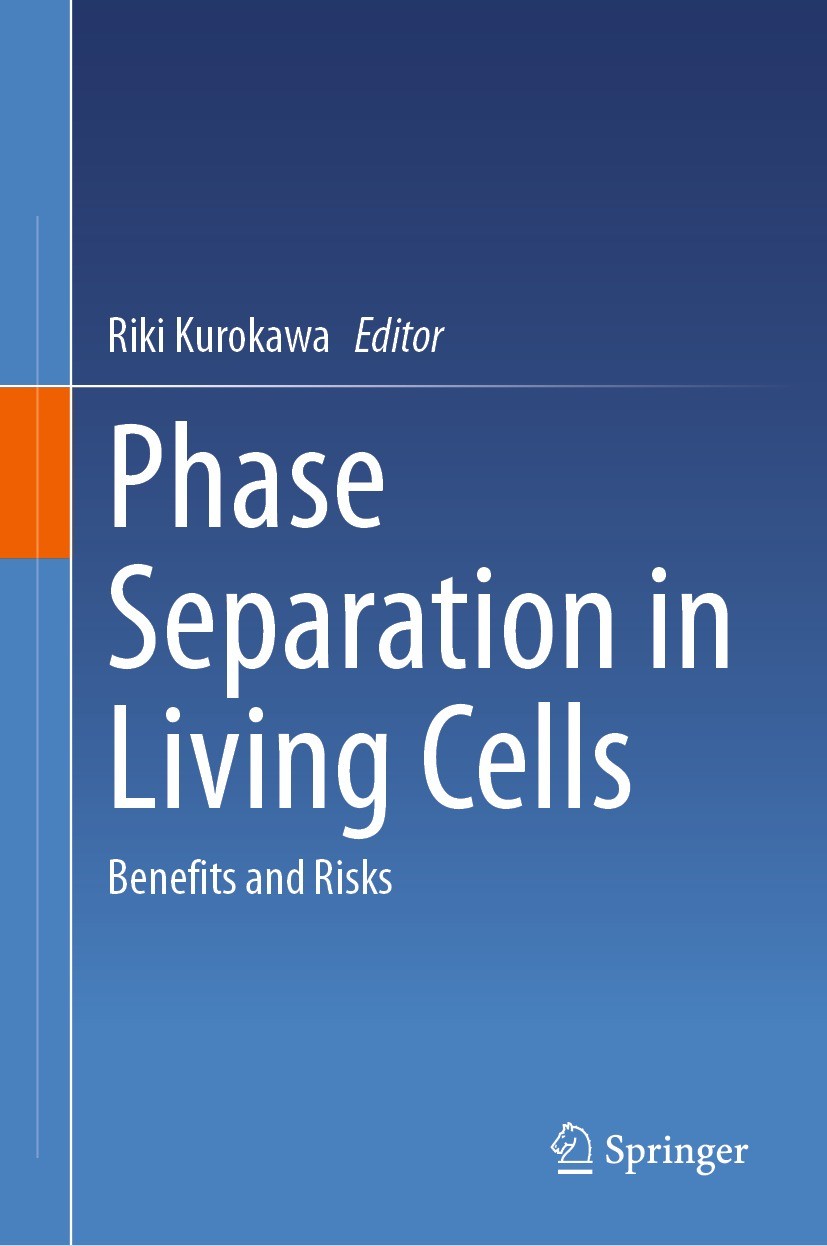Fused in sarcoma undergoes cold denaturation: Implications on phase separation
Por um escritor misterioso
Descrição
The mediation of fused in sarcoma (FUS) protein liquid-liquid phase separation (LLPS) is generally attributed to the low-complexity and disordered domains, while the role of its folded domains remains unknown. In this work we questioned the role of the folded domains on the full-length (FL) FUS LLPS and studied the influence of several metabolites, ions and overall conditions on the LLPS process using turbidity assays, differential interference contrast microscopy and nuclear magnetic resonance spectroscopy. We demonstrate that FL FUS LLPS is highly responsive to the surrounding conditions, and that overall intrinsic disorder is crucial for LLPS. To promote such disorder, we reveal that the FUS RNA-recognition domain (RRM) and the zinc-finger motif (ZnF) undergo cold denaturation above 0ºC, at a temperature that is determined by the conformational stability of the ZnF domain. We hypothesize that, in cold shock conditions, cold denaturation might provide a pathway that exposes additional residues to promote FUS self-assembly. Such findings mark the first evidence that FUS globular domains may have an active role in stress granule formation in cold stress.

Fused in sarcoma undergoes cold denaturation: Implications for phase separation - Félix - 2023 - Protein Science - Wiley Online Library

Thermograms of IscU and of its mutants. a IscU_wt (no Zn²⁺, pale blue);

Stability curves of IscU and mutants. Stability curves of IscU

Cold shock causes energy depletion and AMPK activation. (A) COS7 cells

Frontiers Liquid-Liquid Phase Separation of TDP-43 and FUS in Physiology and Pathology of Neurodegenerative Diseases

Increase in divalent cation concentration leads to dissolution of

Fused in sarcoma undergoes cold denaturation: Implications on phase separation

Intrinsically disordered protein's coil-to-globule transition and adsorption onto a hydrophobic surface under different conditions

O-Linked-N-Acetylglucosaminylation of the RNA-Binding Protein EWS N-Terminal Low Complexity Region Reduces Phase Separation and Enhances Condensate Dynamics

Macromolecular condensation buffers intracellular water potential

Biomolecules, Free Full-Text

It's not just a phase: function and characteristics of RNA-binding proteins in phase separation

Promotion of Liquid–Liquid Phase Separation by G-Quadruplex DNA and RNA

PDF] Fused in Sarcoma: Properties, Self-Assembly and Correlation with Neurodegenerative Diseases

NMR Experiments for Studies of Dilute and Condensed Protein Phases: Application to the Phase-Separating Protein CAPRIN1
de
por adulto (o preço varia de acordo com o tamanho do grupo)







/i.s3.glbimg.com/v1/AUTH_da025474c0c44edd99332dddb09cabe8/internal_photos/bs/2023/Q/N/Bv08pURgWAix0DNum0uQ/parquinho-kids-no-novo-patio-norteshopping-e-rodeado-por-jardins-verticais.jpg)